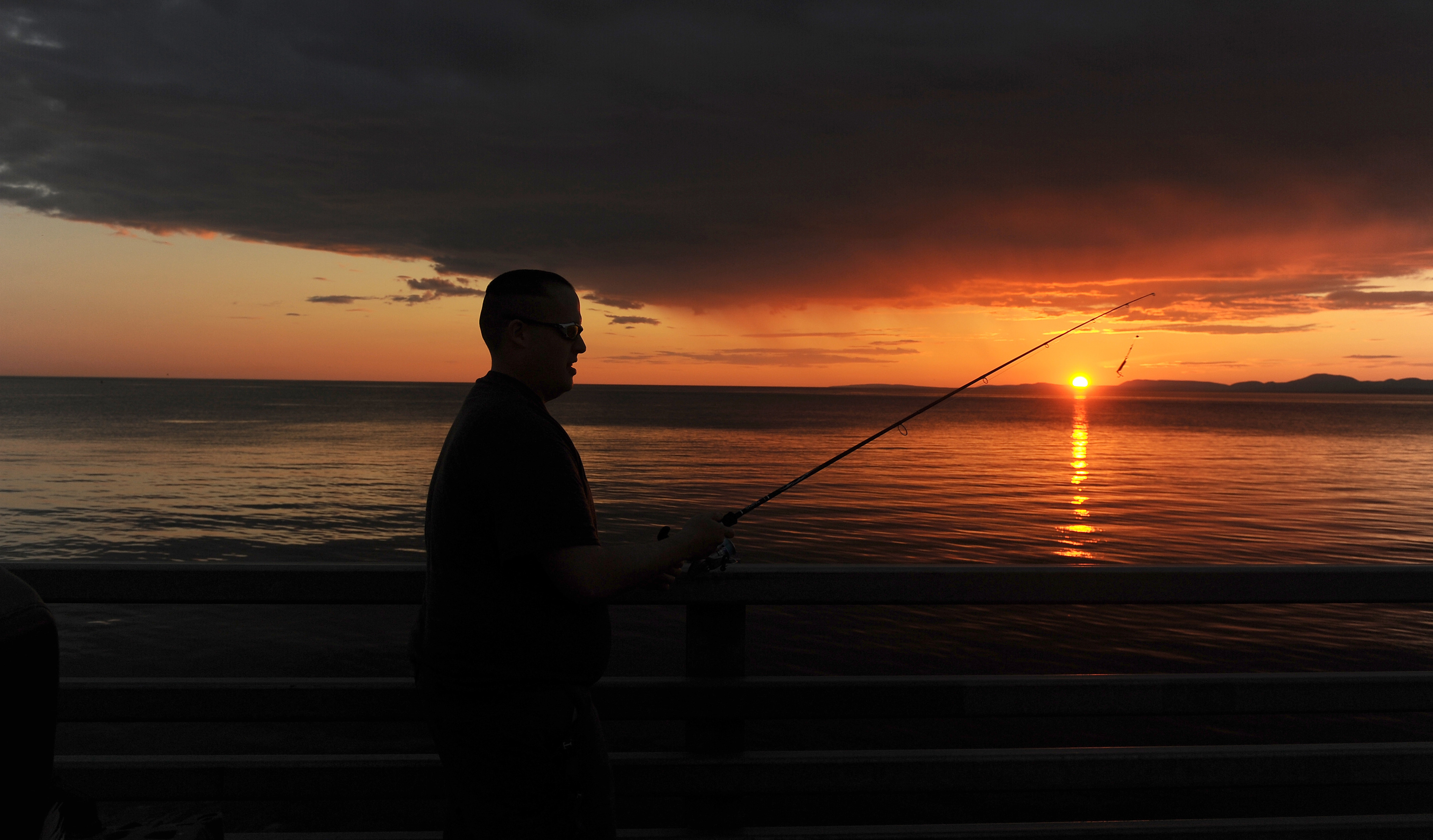Partying under the midsummer Arctic sun — unless you’re a worm
Around the Arctic Circle during the summer, there’s no need for the saying “I wish this day would never end” — because for a few months, the days don’t. During the period known in some places as “white nights,” the sun barely sets. It just dips down briefly below the horizon before popping back into the sky. Night is replaced with twilight. In more northerly places, the midnight sun, as it’s called, remains visible 24 hours a day.
These illuminated evenings peak around the summer solstice at the end of June, but now, they are still at their brightest. People celebrate in Fairbanks, Alaska; in the Canadian Yukon; in Iceland; and all over Scandinavia. And in St. Petersburg, Russia, the renowned White Nights festival brings cultural and musical events to people until July 24.

Other animals, and plants, have something to celebrate, too.
In Alaska, 35 species of mosquitoes (the unofficial state bird) thrive in the higher temperatures. They are particularly a problem in the North Slope, a region bordering the Arctic Ocean, where notorious swarms of monster mosquitoes feed on nearly anything from frogs to humans in June and July. But these bugs also provide abundant food for fish and birds that collect them over many more daylight hours.
Some birds, like the snow bunting, lay more eggs the more northerly they nest within their range. Fish go on a feeding frenzy: Arctic grayling eat all day long in June and July. In preparation for dark winters, caribou bulk up on plants, which flourish with more light for photosynthesis. And with this extra sunlight, Alaska has become known for its giant vegetables, which can reach freakish proportions.
But some animals aren’t so welcoming of white nights. Night crawlers or dew worms, for instance, normally surface from their burrows in the ground at night to mate. But during white nights they do this less often than in artificial darkness. And people living in the Arctic tend to sleep almost an hour less under the bright summer nights. Visitors who have not learned to cope with the light of these superlong days may have a harder time sleeping and can end up tired and cranky.